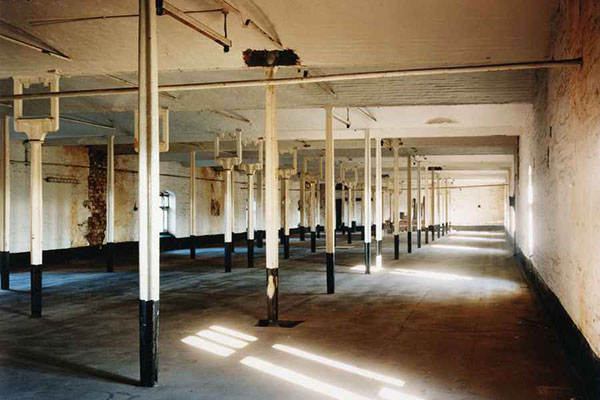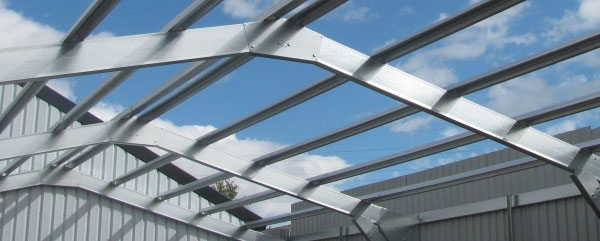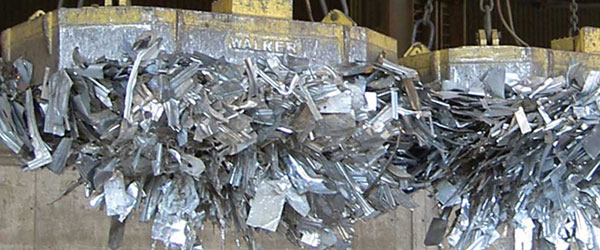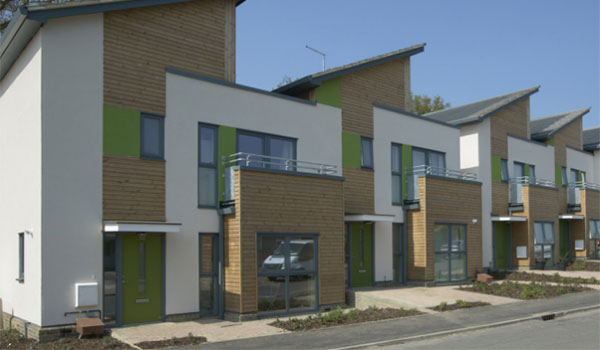Looking at some of the key properties of steel within the context of sustainability…
Sustainability in building materials
Sustainable – according to the Oxford English Dictionary 2015,
“conserving an ecological balance by avoiding depletion of natural resources”.
As a Masters degree student and Construction Lecturer who lectures in Sustainable Construction I only found out just how wasteful we, as humans, are recently.
Thirty years ago building design and material selection didn’t even really take into account the matter of sustainability. If wood was used for example it was selected because it looked good, was cheap or the council planning department insisted that wood was used to enable the building to blend in with surrounding buildings.
Today in 2015 we find on the materials market a wide variety of sustainable products and the building regulations, council planning departments and designers of buildings are catching up in enforcing or promoting their selection. To add to this pressure the paying client is also requesting sustainable alternatives.
Early Steel use
In the late 1880’s bigger buildings were being constructed for both industrial and commercial use. A problem arose that when the structure got to a certain height, usually 8-10 storeys, the walls required to support the structure simply became too thick. A solution was needed which came in the form of structural steel framing. This supported the dead load of the building with the walls becoming an aesthetic addition.
This method created space and height whilst keeping the wall thickness slim and also providing future possibilities for aesthetic variety such as cladding.
The first steel frame structure in Britain was Ditherington Flax Mill, built in 1796 by John
Marshall. Ditherington Flax Mill was built using a structural steel frame for a wide variety of reasons most of which were linked to making more money. A wide open space could accommodate more workers who could produce more goods to sell and increase company profits.

Ditherington Flax Mill 1796, Britain’s first steel frame structure. Photo e-architect.
The use of steel in construction
Steel has a wide variety of construction uses which include:
- Reinforcement bars within concrete due to concrete being strong in compression but weak in tension.
- Steel frames in building structures.
- Steel sheeting for exterior building walls.
- Purlins in building roofs which support the roof between the main frames.
- Within the transportation network.
- Distribution of utilities.
- Transport of Oil, Gas and Water.

Steel Buildings constructed using cold rolled steel. By CustmFITT
Lightweight agricultural buildings put together using a portal system.
The sustainability of steel
Due to the energy required to produce it, sustainability-wise steel would not really be an option if only its production process were to be considered. However steel is highly durable, strong and can be up to 97% recycled which makes it a sustainable option for designers. The bottom line is the energy used by the building over its entire life span, which is critical in its sustainability rating.

Part of the recycling process. Steel can be recycled many times over without significant loss of quality and is the most recycled material. (American Iron and Steel Institute)
Today sustainability ratings come from a number of sources and consider a number of areas for which scores can be achieved. The main two are called:
- BREEAM (British Research Establishment Environmental Assessment Method).
- CFSH (Code For Sustainable Homes).
BREEAM
The BREEAM ratings allow a building’s environmental credentials to be demonstrated. The following areas are considered within the scoring system:
- Water consumption and efficiency.
- Health and Wellbeing:indoor and external issues (noise, light & air quality).
- Materials.
- Waste.
- Pollution.
- Land use.
- Ecology.
- Energy use.
The total number of credits gained in each section is multiplied by an environmental weighting factor which takes into account the relative importance of each section. Section scores are then added together to produce a single overall score. The score scale ranges from “Outstanding” which is the best to “Pass” which is the minimum.
The Code for Sustainable Homes
The Code For Sustainable Homes (CFSH) scoring system is broadly similar however the best
score is 6 which is a carbon zero building and the poorest score being 1 which is the least sustainable.

Cotney Croft and Peartree Way by Baily and Garner Architects. A sustainable, affordable housing scheme which exceeds Level 5 of the Code for Sustainable Homes, with a Code Level 6 being achieved on one house at Cotney Croft.
And also because..
It is a hard material which resists to scratches and abrasion, it is very resistant to chemicals , it can be resistant to fire if properly treated with embedded wire, it can become incredibly resistant to impact ( security glass) it can be coloured and treated in different manners to improve or modify its characteristics. I would also mention that a piece of glass can today be quite big: as an example in Europe it is possible to achieve glass panels with the amazing size of 15 x 4 m!
There are many arguments in defence of glass and many weaknesses as well and I am not so sure I am getting closer to the answer to the starting question: how would the city be if glass wasn’t been invented yet?
As Marco Polo would do I will report to the Kublai Kahn as soon as I discover a city without glass, provided always that he is minded to believe me.
Conclusion
In conclusion, building elements such as concrete and steel will never be replaced, only refined. Both are irreplaceable at the moment, therefore we must make the building’s lifetime energy consumption as small as possible with the goal of all new buildings being carbon zero in the future.